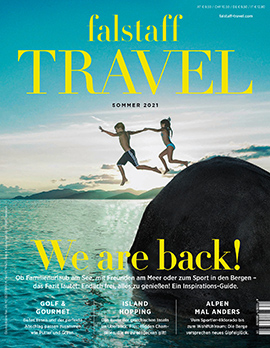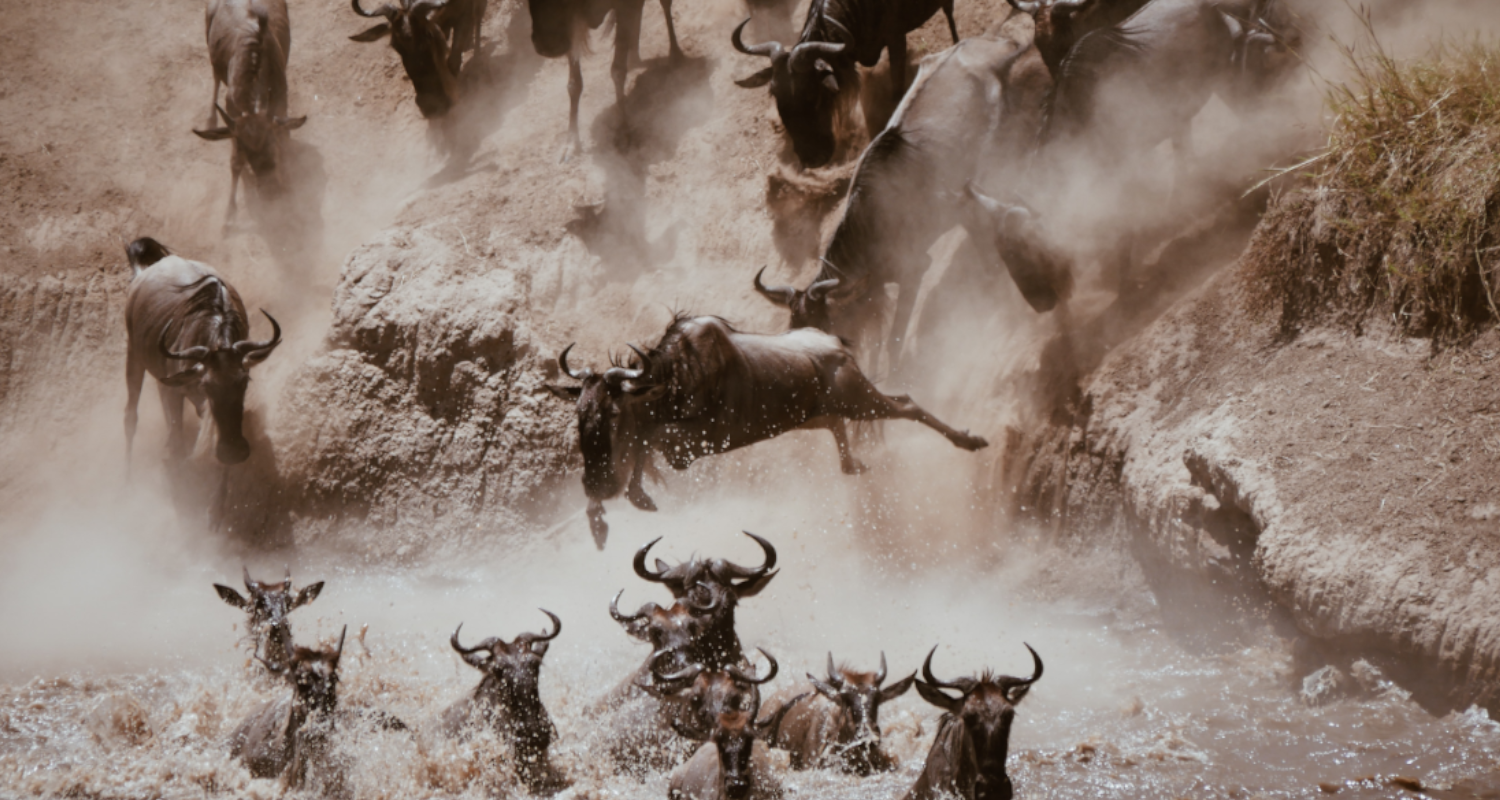
Breathtaking natural spectacle: 1.5 million wildebeest on the move
They plunge death-defyingly into rivers, defy predators and cover 800 kilometres in just a few months: we are talking about wildebeest. Their annual migration from the Serengeti to the Masai Mara is considered the most impressive animal phenomenon in the world.
29 July 2021
The life of a wildebeest follows a strict rhythm dictated by the rain. Standstill is rare, breathers few and far between. During the months of January and February, when the grasslands in the south of the Serengeti are still lush and green from the last rainy season, the animals congregate in the Ndutu region, southeast of Seronera and north of the Ngorongoro Conservation Area in Tanzania.
During this time, almost 500,000 wildebeest calves are born within a few weeks. As soon as they are halfway secure on their feet and the main rain season sets in, the journey north begins. March usually marks the beginning of the Great Migration. The wildebeest are usually joined by 250,000 zebra and various gazelles. Two million animals set off - not all of them will survive the 800-kilometre journey to Kenya's Masai Mara.
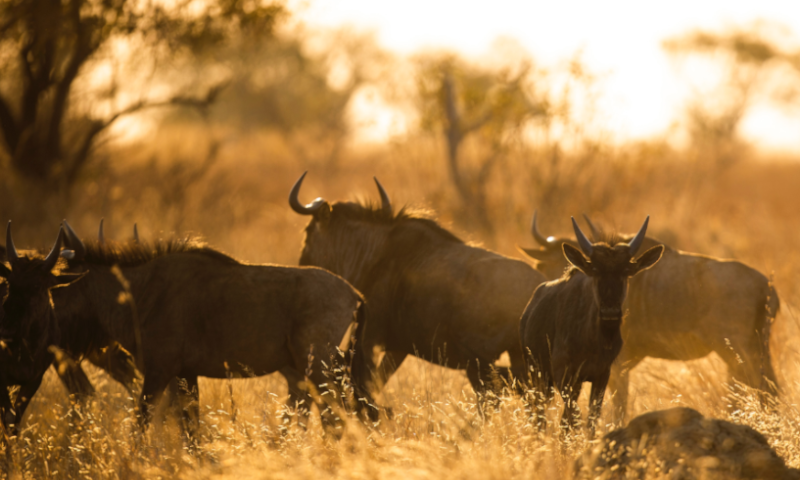
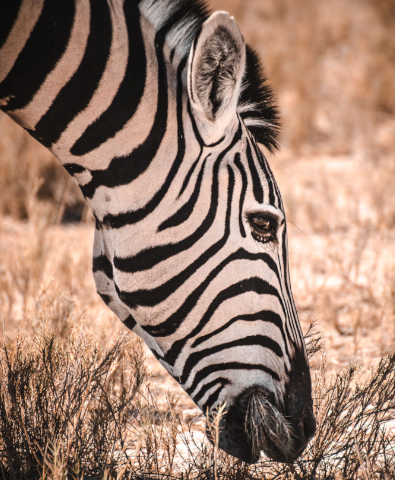
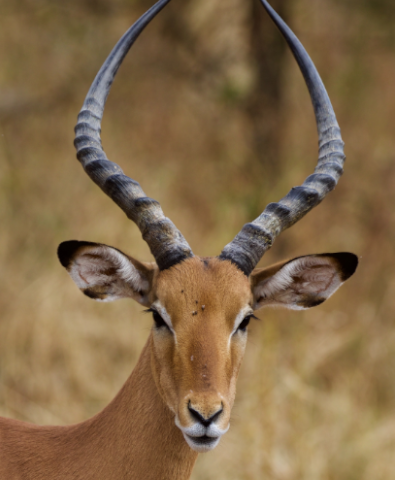
Danger as a constant companion
Usually it rains more in April - then the central savannah of the Serengeti turns into a green paradise. Before the animals set off from here and begin their journey north at the end of May, they gather strength. Grazing zebras, wildebeests and antelopes advance to the Grumeti River region at the end of July.
The herd swells to more and more animals. They hesitate a little, after all, death, in the form of hungry crocodiles, lurks in the river. But when the first wildebeest dares to cross the river, there is no stopping it. All hesitation disappears and millions of animals plunge death-defyingly into the floods. These are the images that we know from the Great Migration. Those animals that make it to the other shore continue their migration northwards, undeterred. Their destination - as every year - is the Masai Mara in Kenya.
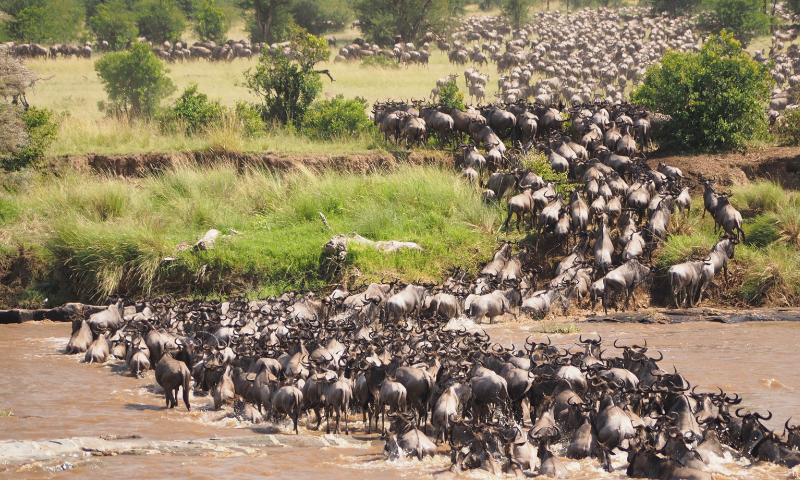
Great Migration: Highlights in late summer
Depending on the rainfall patterns and how the weather develops, the wildebeest, zebra and antelope arrive in the northern Serengeti in September at the latest. Here they encounter their biggest obstacle: the Mara River. Because this river crossing is considered even more spectacular than that of the Grumeti, safari participants experience incredible goosebumps moments at this time. There are about ten places where the animals cross the river, which makes it easy to witness the spectacle.
After overcoming this obstacle, the Great Migration reaches the grazing areas of the Masai Mara. Here it is time to take a breather. But the rest lasts only for a short time. In October, the herd makes its way back to the Serengeti. Once again they have to cross the Mara River. In November the journey comes to an end for the time being. But only until next year, when everything starts all over again ...
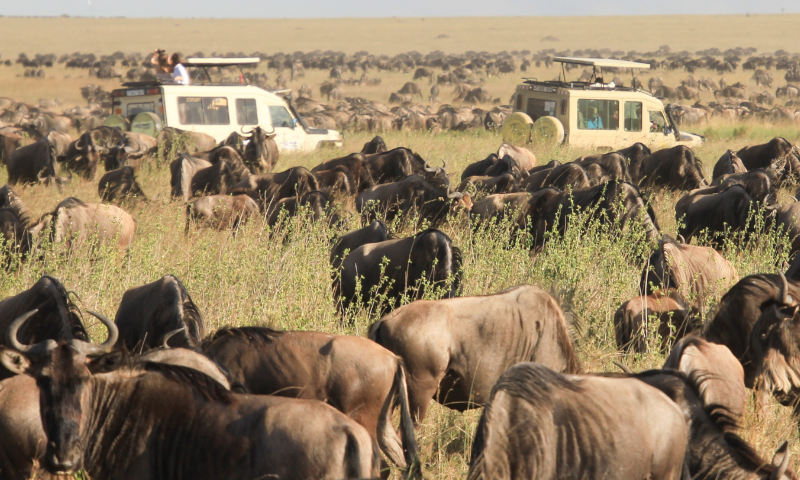
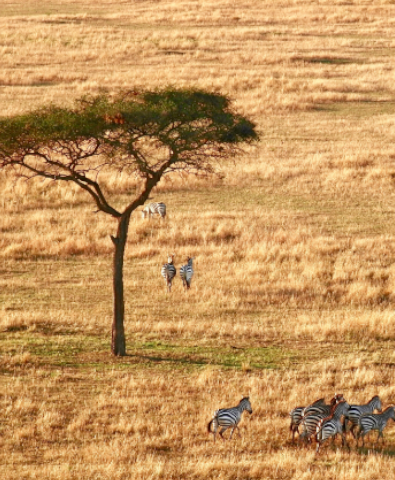

Experience the Great Migration
Anyone who has experienced the Great Migration will be overwhelmed by the spectacular sights. It is a true once-in-a-lifetime experience. Because the start of the migration depends on the rainy season, it is not possible to predict exactly when and where the animals will be. However, many safari operators now specialise in planning tours so that guests experience the Great Migration adventure as closely as possible. There are several camps along the neuralgic points; mobile camps follow the animals throughout the year.
One of the best providers for unforgettable tours is Rhino Africa. The company was named Africa's leading luxury safari company in 2020 and has more than 150,000 satisfied customers since 2004.
These are the best camps
andBeyond Kichwa Tembo Tented Camp
Masai Mara National Reserve / Kenya
Perfect safari camp for the whole family. After a safari adventure, guests cool off in the pool or relax in the massage tent. The vegetables for the hearty meals come from the camp's own garden. Comfortable tented suites.
$ 385,-, www.andbeyond.com
andBeyond Bateleur Camp
Masai Mara National Reserve / Kenya
Camp in the heart of the Masai Mara Conservation Area. Elegant and luxurious tented suites with private butler. Guests cool off in the pool and enjoy dining under the stars. Perfect location for wildlife safari tours.
$ 1.400,-, www.andbeyond.com
Singita Mara River Tented Camp
Serengeti National Park / Tanzania, the United Republic of
Elegant and casual luxury combined with modern African art in the tents. Ideal for families. The pool cools down on hot days. A highlight besides the game drives in the wilderness is the wine cellar.
$ 3.820,-, www.singita.com
